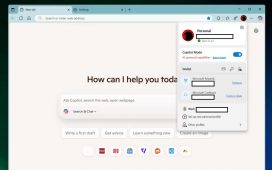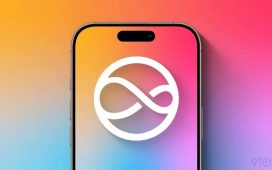When did you last check your smartphone screen time? Recently I was shocked to discover that my daily average was six hours, two minutes with Instagram and WhatsApp dominating the “most used” leaderboard. In the course of a week I picked up my iPhone 782 times, turning to WhatsApp first to check for messages, voice notes and updates on group chats 288 times.
So dire is my phone obsession that my children call me Sophie instead of Mummy to get my attention. Is it an addiction? “I’m not saying that phones are the same as heroin,” says Dr Nicola Kalk, a consultant psychiatrist specialising in addictions at the Institute of Psychiatry, Psychology & Neuroscience at King’s College London, “but we know that heroin dependence really got going in the UK with the invention of the hypodermic needle. In a similar way, there is something about having something that is portable and in your pocket that you do not have to share with any other members of the family that is particularly compelling.”
When does problematic phone use become an addiction? According to Kalk there are three key signs: loss of control, for example, meaning to use Instagram for five minutes and an hour and a half later you’re still there, or deciding to delete an app only to re-download it later that day; primacy, when something takes the place of something you value more — for example, parents paying attention to their phone instead of their children; thirdly, a sense of “not getting the same sense of satisfaction from it the when you first did it, so the sense of not being satiated, and then also being very panicky when you can’t find it, or getting a bit grumpy when it’s run out of battery”.
In the UK persistent problematic smartphone use is “not seen as a medical problem”, says Ben Carter, professor of medical statistics at King’s. “The UK’s chief medical officer has not offered any leadership on that. So, whilst we may associate it with some harms, both physical and mental, [officially] it’s not at the moment.”
Strategies recommended include setting time limits, turning off notifications, auditing and deleting problematic apps and getting a dumb phone. Kalk is keen to stress that it is not just screen time that can be problematic but “how you are spending it, and what sort of thoughts, behaviours and feelings towards it there are, and how it’s impacting on other parts of your life”.
I am a repeat offender at circumventing my own self-imposed app restrictions on WhatsApp, Instagram, News, Google Chrome and Vinted, so for me the only viable solution so far is to physically lock away my phone. I want to claim my life back. I want more smart, less phone — and if I can’t trust my own self-discipline to achieve that, maybe, paradoxically, I need to find some tech that can help.
The newly launched Light Phone III ($699, pre-order for delivery in August is the last word in simple smartphones. Made from recycled material, repairable and intentionally designed to be used as little as possible, the Light Phone III has call and text functions and minimal tools: alarm, directions, podcast, music, notes, calendar and camera with a retro feel.
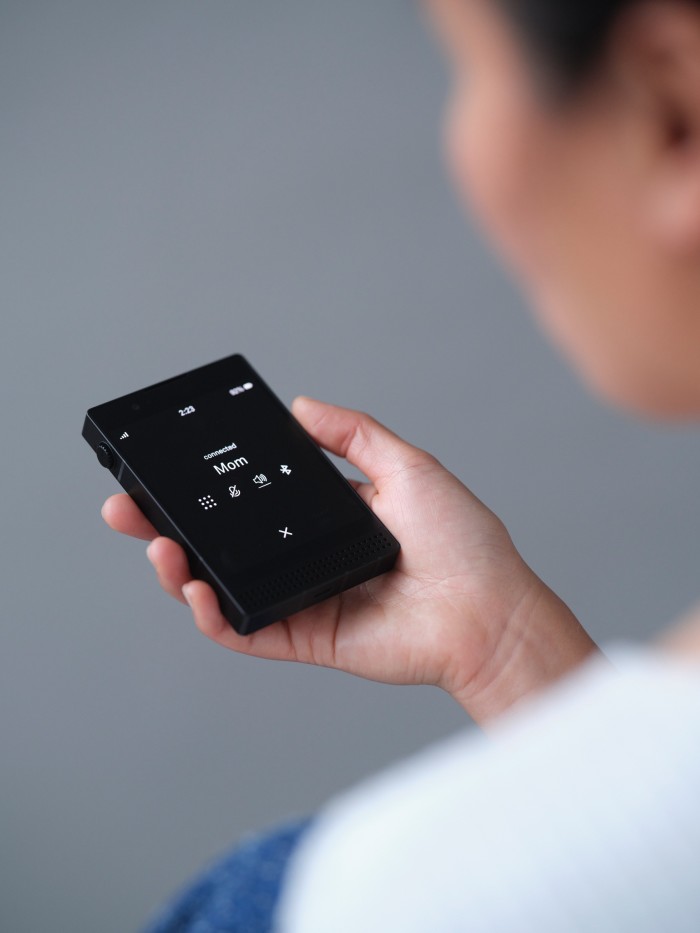
Light Phone co-founders Joe Hollier and Kaiwei Tang, an artist and product designer, met in a Google experimental programme in 2014. “Intentionality is our North Star,” says Hollier. The black-and-white interface only allows one tool to be used at a time. “There’s never going to be any social media, clickbait news, internet browser or any infinite feed.”
“Going light” isn’t a straightforward process. It takes some adjusting to the dopamine withdrawals. There are certain iPhone features that I miss (repeatable alarms, my supermarket app) so I adopt a hybrid practice of iPhone in the week and Light Phone at the weekend.
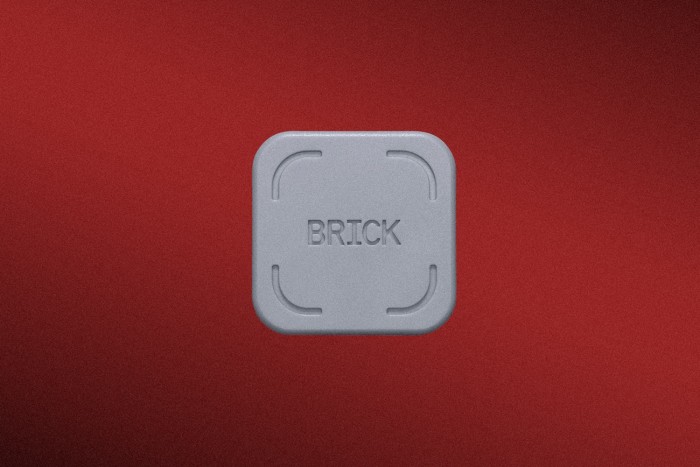
My next port of call is something called Brick. Setting up Apple’s screen time limits during the working week is great in theory, but the limit is easy to over-rule. The Brick app blocker (£45) is a little silicone square that you tap with your iPhone; you then select the apps you want to block in the Brick app, and you can’t unblock them until you tap it again. The film director and screenwriter Miranda July recently recommended it to her Substack audience: “To work, I need to have more control over my phone; I never have the urge to look at it when I’m meditating or exercising but BOY do I want to suddenly check everything when I’m writing.” It requires a level of commitment that made me uncomfortable — which means it works.
On day one I cheated. I Bricked my phone from 9am until 6pm but took the Brick in my bag “just in case”, only to un-Brick it at lunchtime to reply to a “suddenly urgent” matter on Instagram. On day two I tapped my phone on the Brick at 9am and left it at home, noticing a slight nausea as I walked to the station. Despite this, I tried to open Instagram and WhatsApp multiple times during the day only to find myself, starved of my usual digital diet, opening the weather app repeatedly to get some sort of fix.
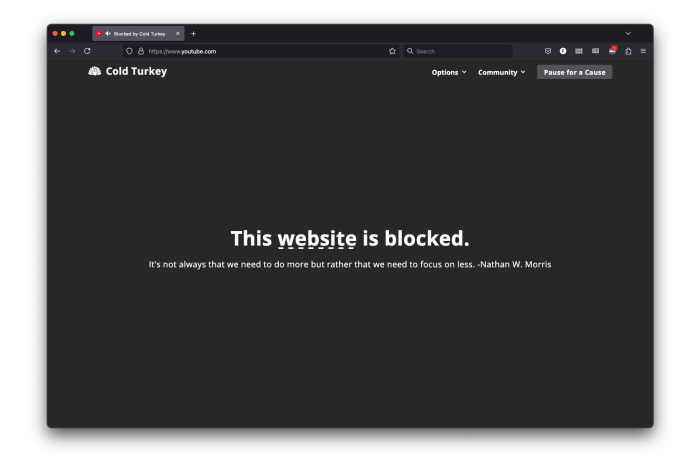
Cold Turkey calls itself “the toughest website blocker on the internet’ because it makes it almost impossible to undo. Created by then-computer engineering student Felix Belzile in 2010 for a “self-described World of Warcraft addict” friend who begged him to block the game so that he could study, Cold Turkey has since been downloaded by millions of users, with 50,000 hits on the block page every day.
“The app is a form of commitment device,” says Belzile, which does a “pretty good job”. Users start or schedule a “block”, a timed session preventing access to the entire internet or certain websites, games or apps, which is lockable for an extra level of accountability. Belzile has anticipated every bypass imaginable from uninstalling Blocker or disabling the extension to changing the computer’s time to circumvent a block.
There are three programs: Blocker (£35) which blocks websites, games and apps; Micromanager (£15.99), which allows you to create a “whitelist” of apps you can open, whilst blocking everything else; and Writer (£11.99), which downgrades any computer into a simple typewriter. I tried Blocker, shutting off the entire internet and all apps except Word, but preferred Writer for its calmer interface and easy timer. I liked the option to block everything until I hit my word count. The motivational quotes that appear during a block are designed by Belzile to offer encouragement while keeping the page “neutral and boring so that people see it, go ‘oh yeah . . . ’ and then go back to work”. (He’s also included a Pause for a Cause feature, which allows users to donate to the World Wildlife Fund for a 10-minute break, and which has raised C$65,670 so far.)
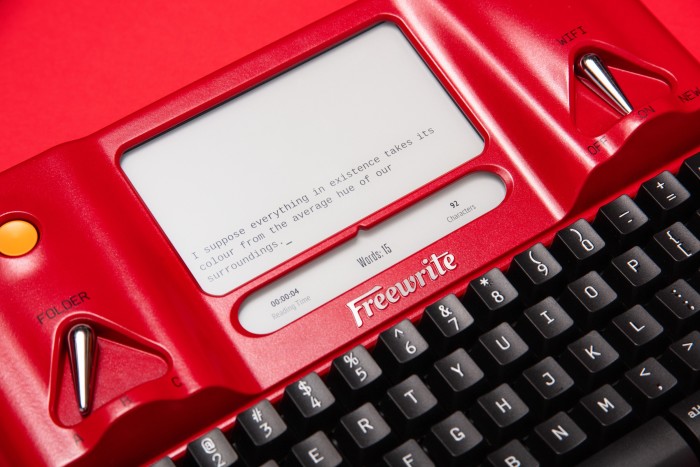
For those wanting to step away from the computer entirely, Freewrite’s latest smart typewriter, the Valentine (£923, pre-order for delivery this summer), appeals to my other addiction: red typewriters. There are no browsers, email or notifications, while the e-ink screen eliminates eye strain. With a nod to 1969 Italian design, combined with modern writing technology, it’s a dream to use with satisfying clicketyclack.
“Sometimes I’ll purposely not Brick it to be self-destructive in a fun way, like drinking or staying up too late,” writes Miranda July of her smartphone, and I smile in solidarity. While I may not be cured, my weekly screen time is reduced by 30 per cent (4h 12m) with a 29 per cent decrease in WhatsApp pick-ups (205). At home I am more intentional about how I spend my time (fewer Instagram Reels, more time with my children in the garden) and at work I’m quick to open the Cold Turkey Writer. Depending on my daily determination levels, some days I Brick, some days I don’t.
I know I’m not alone in wanting to find ways to set boundaries with the most addictive gadgets on the planet. I don’t always want to, but I can’t afford not to. What is the opportunity cost? Tang is quick to do the maths: “your time, attention, your productivity, six hours a day, your anxiety, your stress level, your relationship with family, your blood pressure.”

